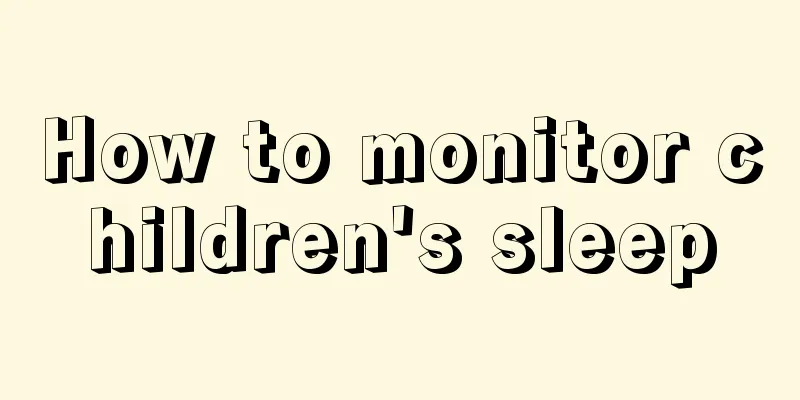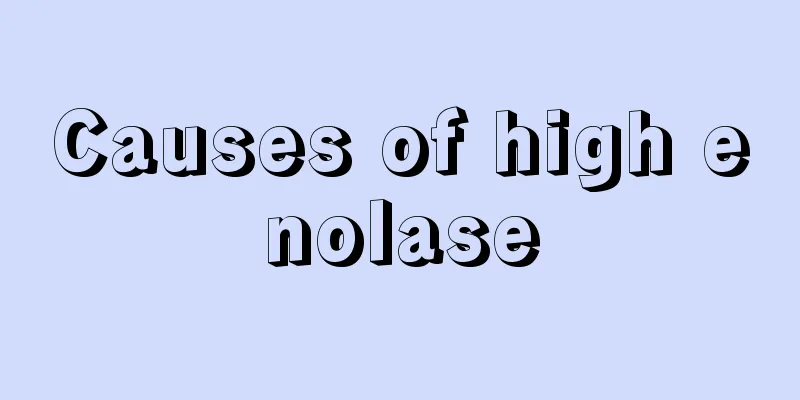How to monitor children's sleep

|
Sometimes, parents need to do sleep monitoring for their children in order to understand their children's sleep condition. This examination cannot be done at home and requires going to the hospital. It also requires the accompaniment of parents. During the examination, multiple electrodes are installed on the child's body. When the child is sleeping, the breathing, EEG, EOG and other related data are used to understand the child's sleep condition. This examination also has precautions. Let me tell you who needs to do this test. 1. Those who snore during sleep or have obvious sleep-disordered breathing. 2. People who feel tired or sleepy during the day for unknown reasons. Let me give you two examples: Patient A came to the hospital for treatment because he was sleepy while driving during the day and had multiple accidents in a row. After a full night of polysomnography, it was found to be severe sleep apnea. My advice to him is that it is best not to drive until the treatment is effective because it is very easy to get into a traffic accident. Patient B fell asleep in the middle of a meal when he was most sleepy during the day. His blood saturation dropped below 40% at night, and he even became incontinent. His family members were afraid to leave him day or night for fear of danger. After the cause was found and treated, the patient has now returned to normal life. So why do these people doze off during the day? Frequent snoring and sleep apnea at night cause the brain to be in a state of "micro-awakening". Generally speaking, it is like someone always pushes a person awake while he is sleeping. If he sleeps like this for a whole night, he will definitely not be energetic the next day. If this happens every day, he will inevitably feel sleepy during the day. Of course, if you always feel sleepy due to staying up late, you don’t need to get checked out. Just adjust your work and rest schedule. 3. Children breathe with their mouths open or have coarser breathing sounds during sleep; or have abnormal growth and development, excluding other factors. Sleep apnea in children is different from that in adults. Some children may experience "small snoring", some may experience mouth breathing or drooling while sleeping, and some may experience special sleeping postures (sleeping on the side, tilting the head back, restless sleep, etc.). If the above situation occurs occasionally or after an acute upper respiratory tract infection, you can observe it first. If it persists for a long time, parents should not think that the child is just sleeping well, but should go to the hospital for consultation. I have also seen a child who came to see a doctor because of growth retardation. His height and weight were significantly behind his peers. A PSG examination found that his sleep apnea index had reached the severe standard for adults (the diagnostic standard for children is lower than that for adults). Because a lot of growth hormone is secreted at night, disrupted sleep structure and frequent hypoxia are bound to affect children's development. 4. Those who have obvious arrhythmia at night. I once compiled the department's previous sleep monitoring data and found that the more severe the sleep apnea patient had, the more significant the nocturnal heart rate variability was. For example, if a person's heart rate is 70 beats per minute during the day and there is apnea during sleep, the heart rate will change like a roller coaster. The peak can reach over 100 or even 120, and it can be as low as 40-50 at a slow point, which can also induce more serious arrhythmias. 5. Patients with refractory hypertension. Most patients with hypertension can control their blood pressure within standard values by taking 1-2 drugs, but some patients take 3 or even more drugs and their blood pressure is still unstable, fluctuating or never returning to normal. If you also have snoring symptoms, you should also get checked out. After regular treatment, patients can reduce the types of medications and their blood pressure can gradually return to normal. 6. People with diabetes whose blood sugar is difficult to control or who have insulin resistance. Similar to point 5, so I won’t go into details. 7. People with nocturnal asthma or gastroesophageal reflux. For patients with sleep apnea, especially those with obstructive type, upper airway obstruction leads to a significant increase in chest and abdominal pressure. Another impact is gastroesophageal reflux. Nocturnal asthma or choking cough in some patients are closely related to it. 8. People with unexplained morning headache or dry throat. Morning headaches are often closely related to lack of oxygen at night; dry throat is caused by excessive evaporation of water from the pharyngeal mucosa due to mouth breathing. Severe patients will have blood in their sputum in the morning. 9. Unexplained cardiopulmonary failure, excluding other factors. |
>>: How to solve sleep inversion
Recommend
What to do if denture gums shrink
Generally speaking, people with missing teeth nee...
What is the diet for patients with hepatitis B
Patients with triple positive must pay attention ...
Is the bladder instillation process painful?
Bladder instillation is a relatively common treat...
How can a black arm become white
Nowadays, many people's faces are not very da...
Why do my eyes turn red after taking a shower
Taking a shower is something people do frequently...
What are the similarities and differences between skeletal muscle and cardiac muscle?
Skeletal muscle and cardiac muscle are two differ...
Ferrous sulfate solution
Ferrous sulfate is a blue-green crystal with no o...
Experts explain how to relieve brain cancer pain
Headache is the most common symptom of brain canc...
Eating pickles or overheated food for a long time can lead to esophageal cancer
The occurrence of esophageal cancer is closely re...
There is a circle-shaped skin disease on the body
Circle-shaped skin diseases on the body are likel...
What are the causes of death from gallbladder cancer
Clinical observations have found that in the late...
Should I wash the eggplant after it has been pickled with salt?
Eggplant is one of the most common vegetables in ...
Can Hsil high-grade squamous intraepithelial lesion be confirmed as cervical cancer?
Can Hsil high-grade squamous intraepithelial lesi...
Does smoking affect kidney stones?
Many people like to smoke. Although smoking is ba...
What is the effective treatment for tuberculosis?
The treatment of menstrual tuberculosis is very i...









